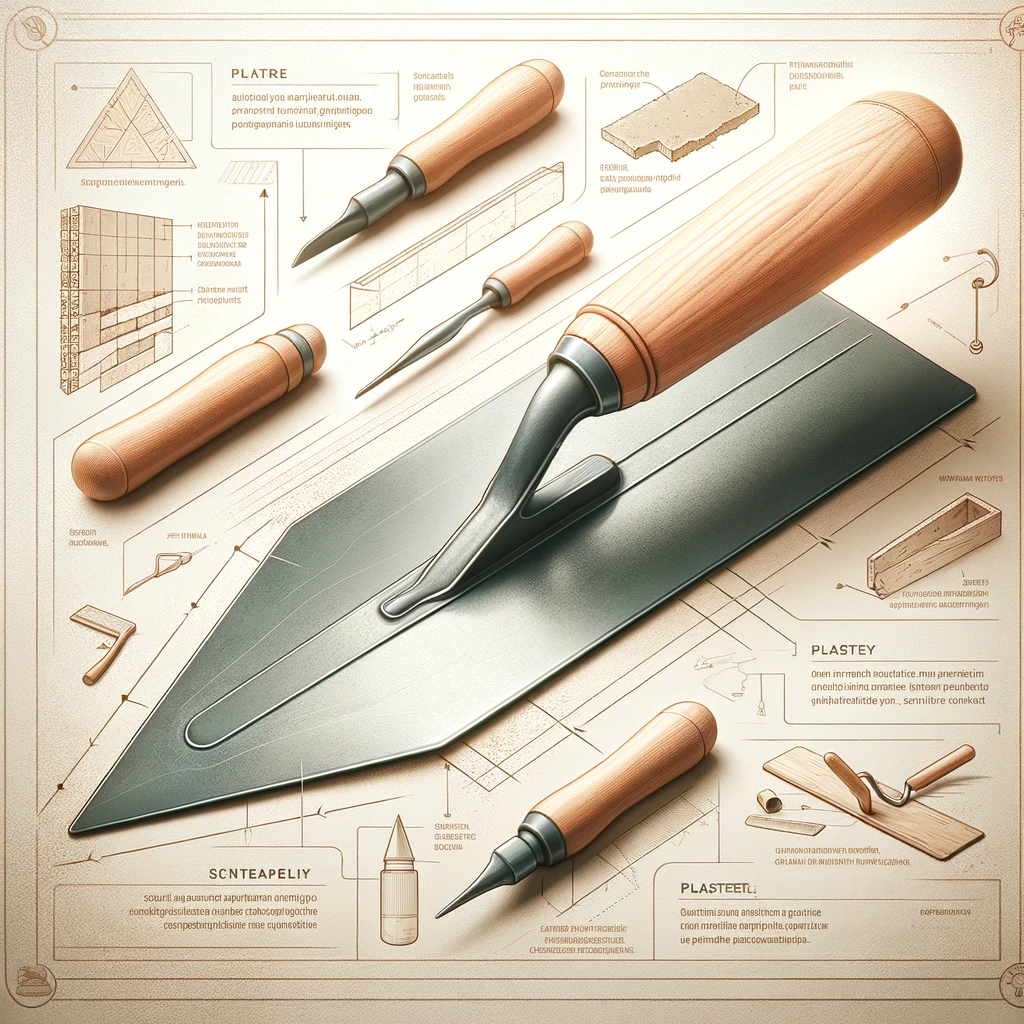Canvas of Concrete
In the sprawling canvas of the city, where steel skeletons rise to meet the sky and the hum of progress echoes through the streets, Michael, a construction worker, moved with a rhythm all his own. His hands, rough and calloused, were skilled in the art of transformation—shaping the skyline, turning blueprints into reality. Each day, amidst the cacophony of construction, he laid the groundwork for the future, his presence as constant as the buildings he helped erect.
Into this world of concrete and steel wandered Sophia, a landscape painter with an eye for the beauty hidden in the city’s ever-changing facade. She was drawn to the edges of redevelopment sites, where the story of urban decay and renewal was told in layers of paint and plaster. Her canvases captured the juxtaposition of the old and the new, finding harmony in the chaos of transformation.
Their worlds collided on a brisk autumn morning, on the very site where Michael was working. Sophia had set up her easel at the periphery, her brush poised to capture the dance of destruction and creation. It was the sound of her canvas falling that first drew Michael’s attention, a casualty of a sudden gust of wind.
Rushing to help, Michael found himself standing before a spread of colors that mirrored the scene behind him. “You’re painting this?” he asked, gesturing towards the tangled web of girders and machinery.
Sophia, retrieving her canvas, nodded. “There’s beauty in the process,” she explained, her gaze flitting between her painting and the construction site. “In the rawness of it all. It’s like watching the city breathe.”
Michael, intrigued by her perspective, watched as she resumed her work. “Most people just see the mess,” he mused aloud. “The noise, the dust. But you… you see something else.”
Sophia smiled, her eyes never leaving her canvas. “And you,” she replied, “you’re part of that beauty. The hands that build, that shape the future. There’s poetry in that.”
Their conversation marked the beginning of an unexpected partnership. Michael began to share insights into the construction process, while Sophia taught him to see the city through her eyes. Together, they explored the rhythm of the urban landscape, a symphony of hammer and brush.
One evening, as the city basked in the glow of twilight, Michael brought Sophia to the top of a nearly completed building. The view, a sprawling tapestry of light and shadow, took her breath away.
“This,” Michael said, gesturing towards the horizon, “is what we’re building. Not just structures, but spaces for lives to unfold, for stories to be told.”
Sophia turned to him, her expression softening. “And you,” she said, “have shown me the soul behind the skyline. You’ve made me a part of something so much bigger.”
In that moment, high above the city they both loved, they found a shared rhythm in the chaos—a rhythm that spoke of connection, of understanding, and of a budding love. Together, amidst the concrete and steel, they began to build a foundation for something enduring, a testament to the beauty of the ephemeral cityscape and the hearts that found harmony within it.
“In the construction of our love, the trowel was mightier than the sword, smoothing over troubles and sculpting a foundation to last a lifetime.”

The trowel is one of the oldest tools known to humanity, with its use dating back to ancient times for both construction and agricultural purposes. Historically, trowels were made from bone or metal and were used in masonry and plastering to spread, shape, and smooth over concrete and mortar. The design of the trowel has evolved over centuries, adapting to various construction needs and materials, but its essential purpose has remained unchanged. In the context of ancient Rome, the trowel was instrumental in the construction of monumental buildings and structures, showcasing the Roman innovation in architecture and engineering. This deep historical connection highlights the trowel’s role not just as a tool for building but as an instrument of change and creativity. In “Canvas of Concrete,” the trowel becomes a metaphor for the transformation of the urban landscape, echoing the painter’s brush strokes that capture the beauty of urban decay and renewal, thus intertwining their stories of creation and love amidst the backdrop of the city’s ever-changing canvas.